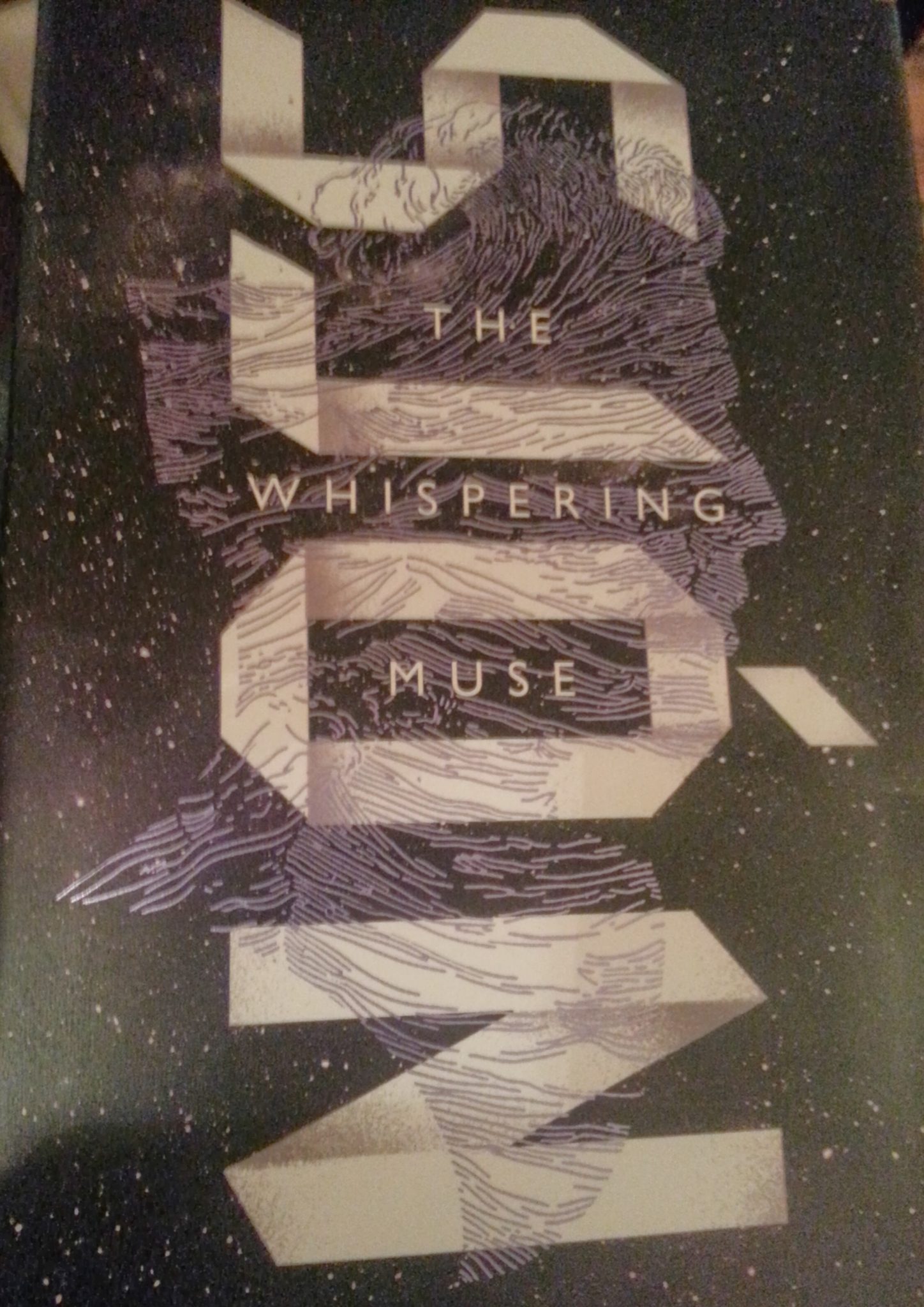 As we trickled into the room our yoga teacher commented on the cold. “Yes, and it’s so dark,” one woman replied, “It’s like the sun never even rose today.” Leaden skies are commonplace in Seattle, and December can be forgiven for freezing temperatures, but her words, like the echo of a prophesy, filled me with foreboding. What if the earth’s magnetic poles really had begun to shift, triggering a new ice age and plunging the world into darkness?
As we trickled into the room our yoga teacher commented on the cold. “Yes, and it’s so dark,” one woman replied, “It’s like the sun never even rose today.” Leaden skies are commonplace in Seattle, and December can be forgiven for freezing temperatures, but her words, like the echo of a prophesy, filled me with foreboding. What if the earth’s magnetic poles really had begun to shift, triggering a new ice age and plunging the world into darkness?
How did I, scientifically trained product of a Jesuit education, come to harbor such dark fantasies? It wasn’t just the sheep heads mysteriously scattered in my neighborhood the night before. No, the root of my unease stretched much deeper. It all started, as such things do, at the Nordic Heritage Museum.
Literature Exhibit
The Nordic Heritage Museum hosted an exhibition on Icelandic literature. It was really more like a poster session; a dozen or so posters, each dedicated to a single contemporary author, with a photo, a bit of biography, and a couple of illustrative quotes about the relationship of their work to the Icelandic literary tradition. On a Saturday morning only weeks before my trip to Airwaves 12, I dragged the kids to the museum. I read the posters hastily as they danced around the room (the children, not the posters). It was all too rushed, but one managed to stick in my memory.
Sjón
Sjón. Poet. Novelist. Punk. Central to the tiny Icelandic punk movement in the 80s, he wrote lyrics for Björk. The poster quoted his claim that Halldór Laxness wore black nail polish. When I finally got around to reading Laxness, I pictured him typing with black polished nails, and it colored my understanding of what I read.
Sjón himself proved more elusive. Twice the University Bookstore claimed to have one of his books in stock, only to find it missing from the shelf. On the same night that Killing Joke played Neumos, he read at Hugo House, just blocks away. I couldn’t find childcare. Then one day, I logged in to Amazon and there it was, Suggested For Me: The Whispering Muse.
The Whispering Muse
His unreliable narrator/protagonist was immediately as self-important and stupid as Bjartur of Summerhouses, but rather than being delightfully so, Valdimar Haraldsson was a thumping bore. At first, the story’s interest came from trying to figure out what piece of wisdom the old bore might unwittingly reveal. In 1949 Valdimar takes a ship voyage, where one of Jason’s Argonauts, Caeneus, entertains the crew each night with stories inspired by his muse, a piece of wood from the Argo.
Although quick, easy, and entertaining to read, I have to confess the book went as far over my head as Caeneus’ stories went over Valdimar’s. I know the stories within the story were often referential (although The Guardian claims less so than Sjón’s other work). I know they borrow as much from the Eddas (which I have read) as from the Argonautica (alas for my 90s feminist education – I have only read the story of Medea). Wikipedia tells me that Caeneus was not on the Argo. His inclusion in Sjón’s story must be a result of his transformations – from maid to warrior, and from warrior to bird (although some versions of his story have him sinking through the earth to Tartarus). All significant details I’m sure, but I can’t begin to figure out how Caeneus’ tales relate to the story told by Valdimar. As Jack Skellington says, “Interesting reaction. But what does it mean?”
Research Results
I read everything I could find online about the book, hoping for a key. But most reviewers seemed as confused as I was, copping out and describing the plot for a book that was obviously not about what it was about. One went so far as to say
the novel’s breezy tone and brevity prevent me from looking at it as anything more than entertaining fabulism
Um. No. An innocent child killed by snakebite in a garden is a symbol in any story, whether you know what to make of it or not. {2018 Update: That review seems to have been deleted.}
The Independent and Bookslut seemed to get it, but they weren’t giving anything away. The Boston Globe compared the book to Leonora Carrington’s The Hearing Trumpet.
Leonora Carrington. Why did that name ring a bell?





About the author